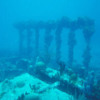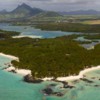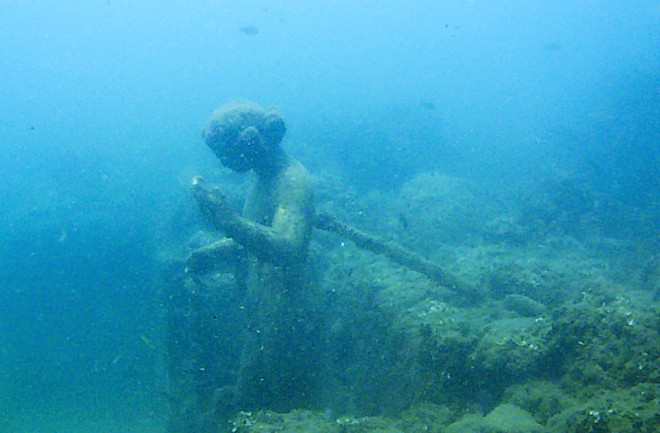Long-Lost Continent Found? Fragments Of 'Mauritia' May Be Buried Beneath Indian Ocean
A a group of international scientists have found evidence that an ancient, lost continent may be buried beneath the Indian Ocean floor.
Nature reports that the study, published Feb. 24 in the journal Nature Geoscience, reports that fragments of an ancient micro-continent dubbed "Mauritia" now lie underwater between Madagascar and India.
As evidence of this lost continent, the researchers point to ancient sand grains that contain minerals pre-dating the volcanic eruption that they argue brought them to the surface, according to the BBC. These zircon minerals could be anywhere between 1,970 and 600 million years old.
"We found zircons that we extracted from the beach sands, and these are something you typically find in a continental crust," co-author Professor Trond Torsvik, from the University of Oslo, Norway, told the BBC. "They are very old in age."
Fragments of Mauritia may be found about 10 kilometers beneath the volcanic island of Mauritius, according to BBC, and would have existed between Precambrian Era and the time of the dinosaurs.
Mauritia may have been destroyed by plate tectonics between 50 million and 100 million years ago, according to ScienceNOW. The researchers, referred to by ScienceNOW as "geological detectives," used a variety of techniques in their study, such as gravity mapping, rock analysis and plate movement reconstruction.
From the journal of Nature Geoscience:
On the basis of reinterpretation of marine geophysical data, we propose that Mauritia was separated from Madagascar and fragmented into a ribbon-like configuration by a series of mid-ocean ridge jumps during the opening of the Mascarene ocean basin between 83.5 and 61 million years ago. We suggest that the plume-related magmatic deposits have since covered Mauritia and potentially other continental fragments.
Scientists told Nature that while there were "remote chances" the ancient zircons could have traveled to the islands on the wind, that possibility is very unlikely, bolstering the paper's claim.
Speaking with ScienceNOW, geochemist Andreas Stracke at the University of Münster in Germany said that, while there has been some speculation about buried ancient continental fragments in this region, “this could be a smoking gun.”
The Agence France-Presse notes that the floor of the Indian Ocean may, in fact, contain many different pieces of ancient continents that were destroyed or fragmented when the supercontinent Pangea broke apart about 200 million years ago.
Torsvik told the BBC that further research is needed to prove his paper's claims. For example, he said, seismic data could be used to image the structure, which would give researchers "ultimate proof."




